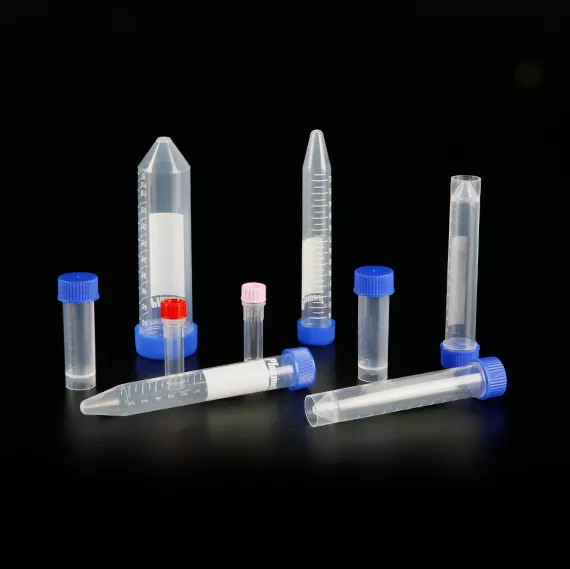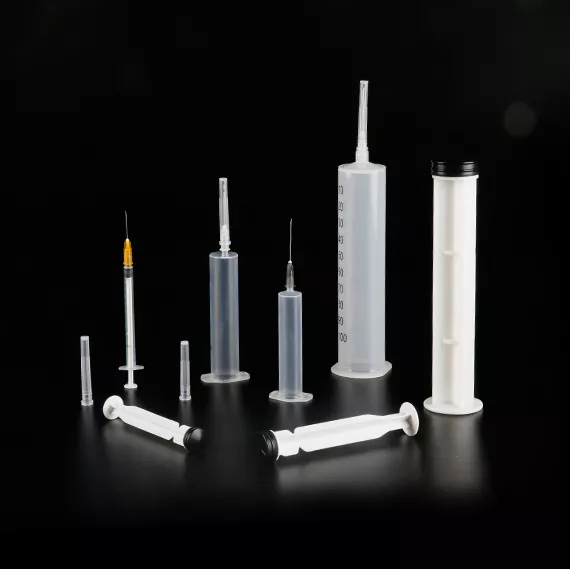When it comes to healthcare products, the mold you choose plays a critical role in quality, safety, and efficiency. Think of it like baking — the quality of your cake depends not only on the ingredients but also on the mold you bake it in. In medical manufacturing, the stakes are even higher, as patient safety is at risk.
In this guide, we break down everything you need to know about choosing the right medical mold, from materials and compliance to cost considerations and long-term durability.
Table of Contents
| Sr# | Headings |
|---|---|
| 1 | Understanding What Medical Mold Is |
| 2 | Why Mold Selection Matters in Healthcare Products |
| 3 | Types of Medical Molds |
| 4 | Materials Commonly Used for Medical Molds |
| 5 | Single-Cavity vs. Multi-Cavity Molds |
| 6 | Compliance and Regulatory Requirements |
| 7 | Factors to Consider When Choosing a Medical Mold |
| 8 | The Role of Precision in Medical Molding |
| 9 | Cost Considerations Without Compromising Quality |
| 10 | Working with an Experienced Mold Manufacturer |
| 11 | Innovations in Medical Mold Technology |
| 12 | Common Mistakes to Avoid When Selecting Molds |
| 13 | How Maintenance Affects Mold Longevity |
| 14 | Real-World Examples of Good Mold Choices |
| 15 | Final Checklist for Selecting Your Medical Mold |


1. Understanding What Medical Mold Is
A medical mold is a specially designed tool used in the manufacturing of medical components, such as syringes, surgical instruments, or diagnostic devices. It shapes raw materials—often plastics—into precise, repeatable products.
Unlike molds used for general products, medical molds must meet strict health and safety standards to ensure the product is sterile, reliable, and biocompatible.
2. Why Mold Selection Matters in Healthcare Products
Your mold choice directly impacts:
- Product quality – A precise mold ensures each part is identical and free from defects.
- Safety – A bad mold could create flawed devices that put patients at risk.
- Production efficiency – The right mold speeds up manufacturing and reduces waste.
In short, a poor mold choice can lead to costly recalls, wasted materials, and reputational damage.
3. Types of Medical Molds
There are several types to choose from:
- Injection Molds – Ideal for high-volume production of plastic medical parts.
- Compression Molds – Suitable for certain silicone and rubber components.
- Blow Molds – Used for hollow items like medical containers or tubing.
Choosing the right one depends on your product design, material, and volume requirements.
4. Materials Commonly Used for Medical Molds
Common materials for mold construction include:
- Stainless Steel – Highly durable and corrosion-resistant.
- Aluminum – Lightweight, cost-effective for shorter production runs.
- Hardened Tool Steel – Ideal for long production cycles due to high wear resistance.
Each material has pros and cons, so balance cost with longevity and quality.
5. Single-Cavity vs. Multi-Cavity Molds
- Single-Cavity Molds produce one part per cycle. Best for prototypes or small production runs.
- Multi-Cavity Molds produce multiple parts per cycle, boosting efficiency for mass production.
6. Compliance and Regulatory Requirements
Medical products must comply with strict standards, such as:
- ISO 13485 – Quality management for medical devices.
- FDA regulations – For products sold in the US.
Your mold manufacturer should understand these requirements to ensure compliance from the start.
7. Factors to Consider When Choosing a Medical Mold
Key factors include:
- Product complexity – More intricate designs require higher precision.
- Material compatibility – Ensure the mold can handle your chosen material.
- Production volume – Match mold type to manufacturing goals.
- Budget – Find a balance between cost and quality.
8. The Role of Precision in Medical Molding
In healthcare, microns matter. Even a small defect can make a product unusable. Precision ensures:
- Consistency across batches.
- Reduced risk of malfunction.
- Better patient safety outcomes.
9. Cost Considerations Without Compromising Quality
While it’s tempting to cut costs, cheap molds can lead to expensive problems later. Consider:
- Total cost of ownership (TCO).
- Maintenance and repair expenses.
- Production efficiency over time.
10. Working with an Experienced Mold Manufacturer
An experienced partner can:
- Guide you in mold design.
- Ensure regulatory compliance.
- Provide after-sales support.
11. Innovations in Medical Mold Technology
Recent advancements include:
- Micro-molding – For extremely small, detailed parts.
- 3D printed molds – For rapid prototyping.
- Automation integration – For faster, more accurate production.
12. Common Mistakes to Avoid When Selecting Molds
Avoid:
- Choosing based solely on price.
- Ignoring maintenance needs.
- Skipping prototype testing.
13. How Maintenance Affects Mold Longevity
Regular cleaning, lubrication, and inspections extend mold life, reduce downtime, and maintain product quality.
14. Real-World Examples of Good Mold Choices
Example: A syringe manufacturer switched to a multi-cavity, hardened steel mold, cutting production time by 40% and increasing output without sacrificing quality.
15. Final Checklist for Selecting Your Medical Mold
- ✅ Meets regulatory standards
- ✅ Matches production volume needs
- ✅ Made from suitable materials
- ✅ Tested before full-scale production
Conclusion
Choosing the right medical mold isn’t just a manufacturing decision—it’s a quality and safety commitment. By considering materials, compliance, precision, and production needs, you can ensure your healthcare products meet the highest standards.
FAQs
1. What is the most common material used for medical molds?
Stainless steel is widely used for its durability and resistance to corrosion.
2. How long does a medical mold last?
With proper maintenance, a high-quality mold can last several years, even in high-volume production.
3. Can I use the same mold for different products?
Usually not, as molds are custom-designed for specific product dimensions and requirements.
4. Are multi-cavity molds always better?
Not necessarily. They’re better for large-scale production but may be unnecessary for small runs.
5. How do I know if my mold meets regulatory requirements?
Work with a mold manufacturer familiar with ISO 13485 and FDA standards.
